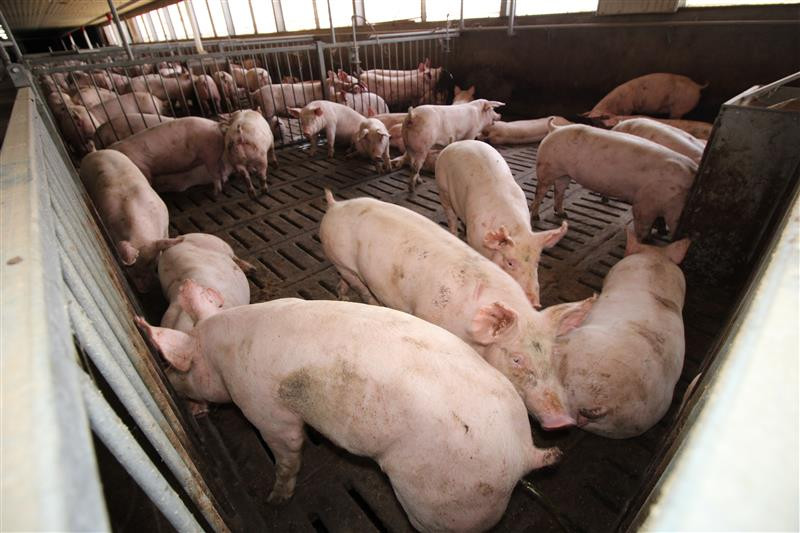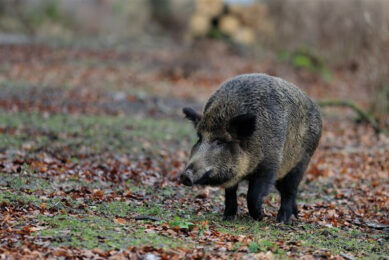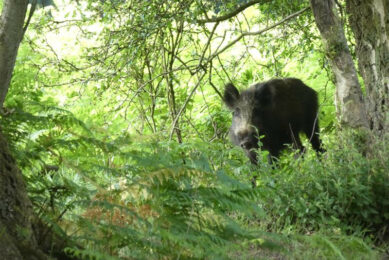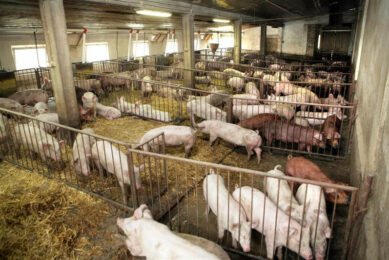ASF Philippines: The importance of surveillance

A recent piece of research has emphasised the importance of decent targeted surveillance as well as the use of sentinel animals when building up the swine herd again after an African Swine Fever (ASF) outbreak. That result became clear from a recently published study in the Philippines.
The study, carried out by researchers from PIC and the Department of Agriculture in the Philippines and the University of Minnesota in the United States. The research was published in the peer-reviewed journal Frontiers in Veterinary Medicine, evaluated the effectiveness of post-outbreak disinfection protocols and government-mandated measures for repopulation.
ASF severely challenged the Philippines
Just like in many other countries in Asia, ASF severely challenged the swine industry in the Philippines. As a result, in 2021, the country launched a the so-called National African Swine Fever Prevention and Control Program (NASFPCP), with a goal to provide guidance for managing ASF through surveillance, monitoring and swine repopulation.
As a rule of thumb, there were 3 phases of repopulation of farms after an ASF outbreak:
- Depopulation, cleaning, and disinfection;
- Downtime (20 days); and
- Sentinel animals (40 days).
The team collected surveillance data from February 2020 to December 2021 in the province of Batangas, in south western Luzon, as the crow flies about 100 km south of the capital Manila. The research team analysed time-to-detection of positive events for different farm types, seasons, or location using survival analysis modelling. The team also estimated the probability of detecting infected farms at different sampling times.
Data from 145 commercial and backyard farms
The team gathered data from 145 swine farms, including 99 backyard and 46 commercial farms. The data revealed positive detections of 10.1% (10 out of 99) and 8.7% (4 out of 46) respectively. That means that in total 90.34% farms remained ASF negative. The sensitivity estimate increased from 18-21 to 89% by day 27, with sentinel animals on that day exhibiting the highest estimated sensitivity.
The researchers wrote, “The results highlight the importance of sentinel pigs in the programme for effective ASF control in the Philippines.”
They continued to say, “Survival analysis showed no statistically significant differences in the results between either farm type, season or municipality level. Geographic mapping of surveyed farms and those with positive detections identified high-risk locations including San Juan and Lipa City as key areas of concern.”
Effectiveness of repopulation protocols
They closed off saying, “In conclusion, our study in Batangas province highlights the effectiveness of current repopulation protocols in controlling ASF, with 90.34% of farms achieving negative ASF detection. Sentinel animals were more effective than environmental sampling. Tailored sampling strategies based on local adoption, needs, and resources are crucial. Implementing a centralised digital data system is essential for enhancing nationwide outbreak response. Addressing human factors and improving biosecurity compliance are vital for managing and controlling ASF in the Philippines.”











